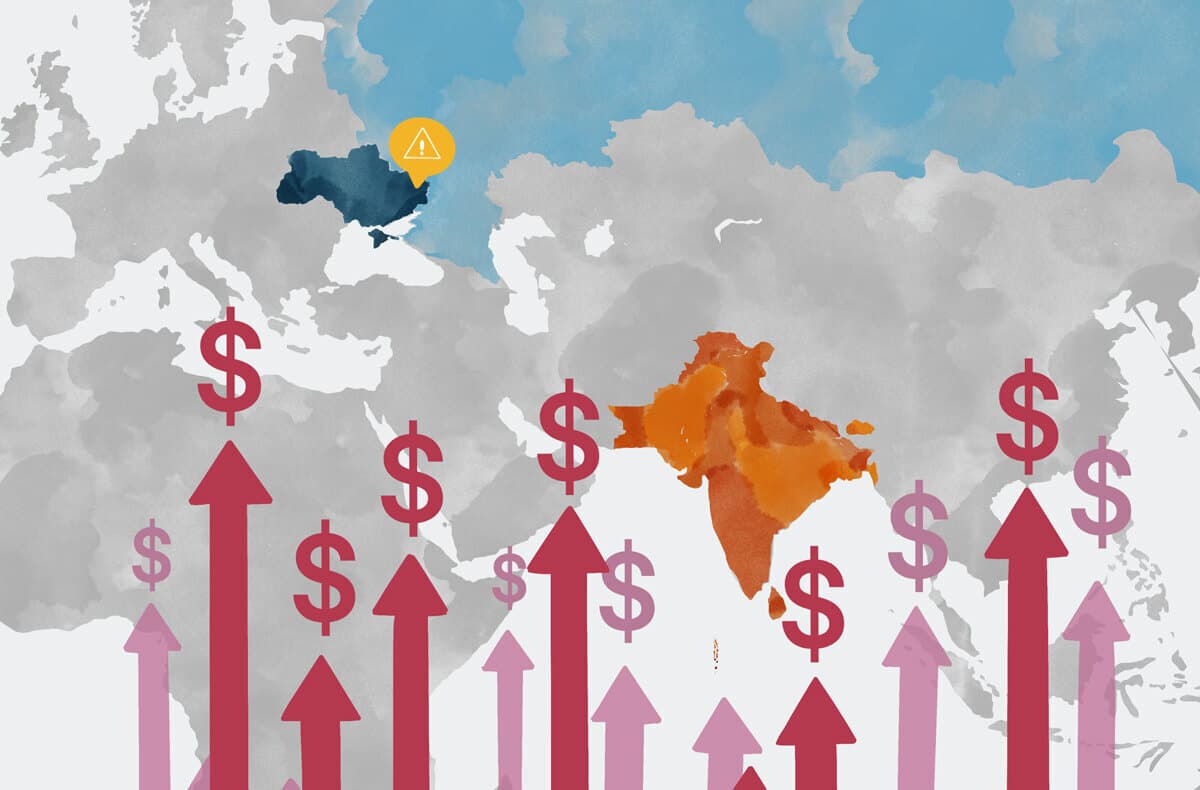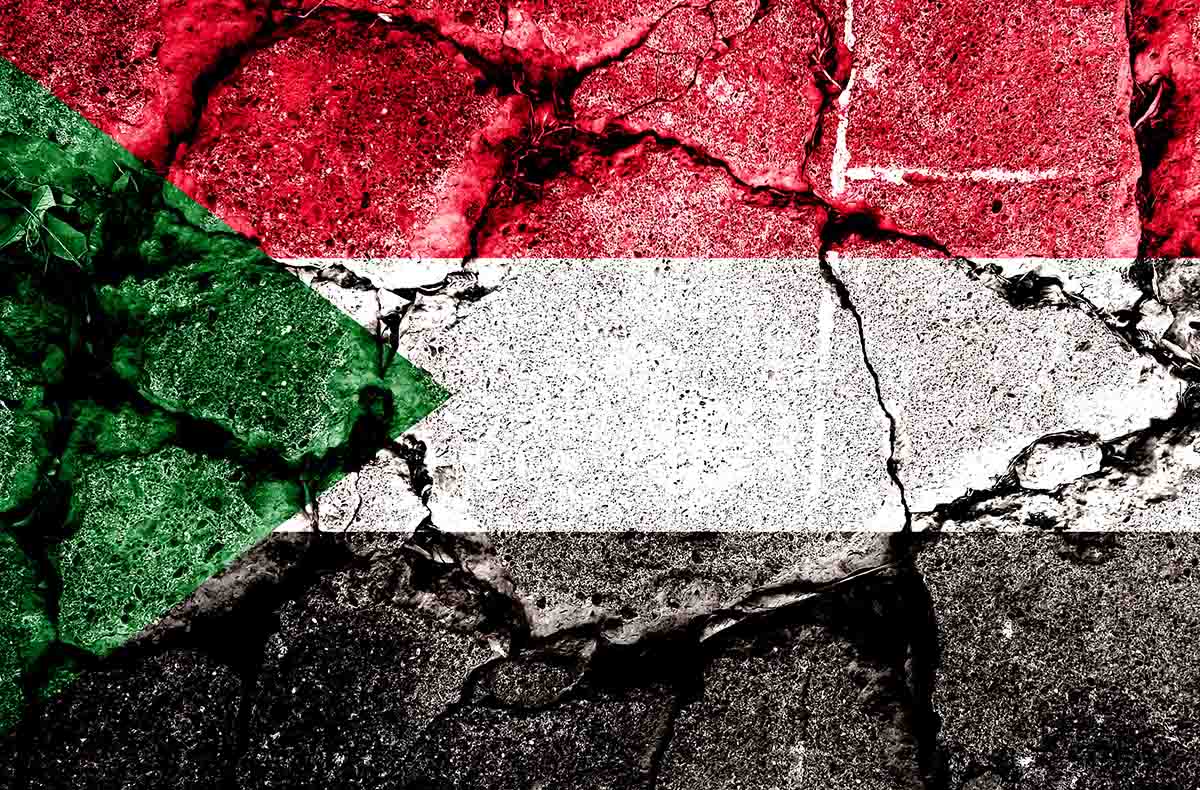
On May 19, for the first time in its history, Sri Lanka defaulted on its debt. The country’s central bank reiterated that it is not in position to pay the interest (around $78 million) on Sri Lanka’s total debt amounting over $50 billion. Sri Lanka’s fiscal implosion has now moved from crippling shortage of fuel, to depletion of food and water supply.
While the Sri Lankan bankruptcy has hogged the global news over the past couple of months, a number of economies around the world are clinging on to survival by the skin of their teeth, struggling to repay the money they owe as global debt soared above $300 trillion in the first quarter of this year. And one does not have to look too far away from Sri Lanka, with fiscal crises engulfing the entire South Asian region.
Pakistan, for instance, is teetering on the edge as well, with central bank reserves plummeting to $10.3 billion, barely covering over a month’s worth of imports. The Pakistani rupee is freefalling against the U.S. dollar, losing over seven percent in little over a month with inflation hitting a two-year high of 13.37 percent last month.
In India too, inflation is skyrocketing with the food price increase escalating from 0.68 percent in September 2021 to 8.38 percent last month. Similarly, inflation in Nepal has reached a six-year high, while Bhutan is the fourth worst country in the world in terms of the debt-to-income ratio.
Bangladesh is also witnessing its highest inflation in over a year and a half. And while the country is not facing financial doom similar to others in the region, a 17 percent decrease in national reserves over the past nine months is a growing cause for concern.
Indeed, the global economic meltdown initiated by the Covid-19 pandemic in 2020 was naturally going to impact South Asia, a region full of vulnerable economies. However, it is Russia’s invasion of Ukraine that has pushed these economies closer to the brink by instigating multipronged fiscal loopholes.
The most ominous among them is the precipitously mounting commodities crunch. Immediately after the invasion of Ukraine, crude oil sprung to a 13-year high of $130 amidst the West led sanctions on Russian oil and gas. Gas prices, in turn, have multiplied from the U.S.to Europe. Meanwhile, global shortages of staples like wheat are not only pushing food prices higher, but the number of severely food insecure people has doubled over the past two years, with over 276 million people today experiencing famine.
The supply chain gap propelled by the Covid-19 pandemic has been significantly exacerbated by the Ukraine war and the volatile disconnect it has fueled. As the world’s markets continue to plunge with global recession imminent, South Asian economies are bracing themselves for the worst.
Countries like the Maldives, Nepal, and Sri Lanka were hoping for significant improvements in tourism numbers in 2022 with the pandemic subsiding. Russia and Ukraine alone comprise up to 20 percent of these countries’ visiting tourists. With trade imbalances already skewed towards imports in these countries, the Ukraine war has further dampened exports from South Asia up north. The halt in exports to Russia—which has been buying over 10 percent of Sri Lanka’s tea—was among the final nails in the coffins of the Lankan economy.
While the Ukraine war has pushed oil prices higher, a populist tug-of-war in Pakistan has meant that two successive governments have refused to increase fuel prices at home over the past three months with general elections looming. This has aggravated the Pakistani rupee’s downfall, with the subsidies draining the national reserves, pushing the country towards default as external debt and the current account deficit rise. Pakistan’s only hope for survival has been the ongoing talks with the International Monetary Fund (IMF), which is likely to bail the country out given its geostrategic significance to the West, especially amidst the Taliban takeover in Afghanistan.
Even though Russia’s military expansionism has been the principal driving force behind the current South Asian economic crises, the U.S.’s fiscal muscle-flexing has also contributed to the ongoing volatility. The Fed has had to strengthen the U.S. dollar, not only to curtail mounting inflation at home, but also to devalue the Russian ruble further, and intimidate the Chinese yuan. An inevitable result of this has been emerging markets—with piling debt worth billions of dollars—are not only witnessing a surge in foreign debt, but are becoming less lucrative for overseas investment.
Whether the bloody war in Ukraine, or the proverbial bloodbath at global currency markets, an inevitable outcome of all these power plays has been carnage in South Asian economies.



